Virtual reality (VR) technology has been with us for a while, certainly no longer a niche. VR equipment, applications, and other services and tools are constantly evolving, offering us novel solutions and virtual reality that’s more akin to real-life than ever before.
It has penetrated numerous markets, including crucial and massive ones like healthcare, education, and the automotive industry. However, most people know that VR technology dominates the video games realm.
VR gaming has been experiencing rapid growth in recent years, and a large portion of the VR market is turned towards it. What’s more, it’s set to reach new staggering heights in the following years. Let’s take a look at where we are at the moment, where the future will take us, and what current attractive solutions are poised to advance the entire VR gaming industry.
Growth of VR Gaming
Many believe that VR has not lived up to its potential, and even though the promises were initially too good to be true, the growth is now certainly impressive.
Despite the limitations like bulky hardware, technical glitches, lack of content variety, and adoption reluctance on the part of both consumers and companies, VR gaming has proven its potential and has grown beyond many expectations.
The growth has been not just steady but almost exponential. The size of VR gaming revenue amounted to $400 million in 2017, but it grew to $1.1 billion in 2020 and is expected to reach $2.4 billion in 2024.
So, despite the overall skepticism, it’s clearly growing at an unprecedented rate, especially considering its many limitations.
What’s more, large and notable companies dominate the VR headset market — Facebook has the most significant share with 38.7%, and Sony owns as much as 21.9%. We’ve all heard of Oculus and PlayStation VR and how better they’ve gotten in recent years.
The whole VR software and hardware market size reached $2.6 billion in 2020 and is expected to reach $5.1 billion by 2023.
However, the size of the global VR gaming market is significantly bigger in comparison and is posed to have the fastest growth. The VR gaming market was valued at $11.56 billion in 2019 and is set to reach $92.3 billion by 2027. That’s a CAGR of 30.2%.
Future of VR Gaming
The future of VR gaming is not only bright when we look at the numbers, but the actual technology and the solutions we see are outstanding.
VR gaming today is certainly impressive. Applications are designed to take complete control over your senses, most notably sight and sound. However, VR technology will go beyond that in the next couple of years. We are likely to see VR equipment taking over our sense of smell and even touch.
Many expect trends like extended reality (XR), which covers VR, AR, and mixed reality (MR), to become the next thing to transform the industry.
AI will help transform the very worlds we’ll see through VR equipment. The virtual worlds will likely become more personalized, with realistic characters and more.
Current Solutions Taking Us to New Heights
As stated, VR has the most impact in the gaming REALM. That’s why most technological growth is aimed at VR gaming.
We already have VR centers with complete equipment designed to immerse us in the games we’re playing entirely. The equipment is too big to be put in consumers’ homes, but companies are working hard to make this a reality.
The closest to that we have right now are metaverses that people can access via current VR headset technology.
These metaverses are designed to immerse us completely, not through actual hardware technology, but through the possibilities offered in those very virtual worlds and what you can do in them. VR headset technology will come eventually, which will certainly be revolutionary for these platforms.
Some of the most exciting platforms right now are certainly REALM and Netvrk.
REALM is a decentralized metaverse that offers gamers and other users complete freedom to create and trade NFTs and even earn money from them on dedicated marketplaces.
As for Netvrk, it offers a similar metaverse for gamers where they can enjoy entire virtual worlds, cities, and universes. They can also create their own worlds and monetize skills with the help of NFTs and the Netvrk token.
Bottom Line
It’s clear that the VR gaming market has seen rapid growth and advancement that has surpassed many expectations. Despite the many unfulfilled promises from the beginning, we are now seeing new solutions, platforms, and even technologies advancing the entire industry.
We are excited to see what VR gaming will bring in the near future. However, the existence of current solutions and their development, together with technologies like NFTs, blockchain, and cryptocurrencies, is certainly astonishing in its own right and is poised to bring the whole market to new heights soon.


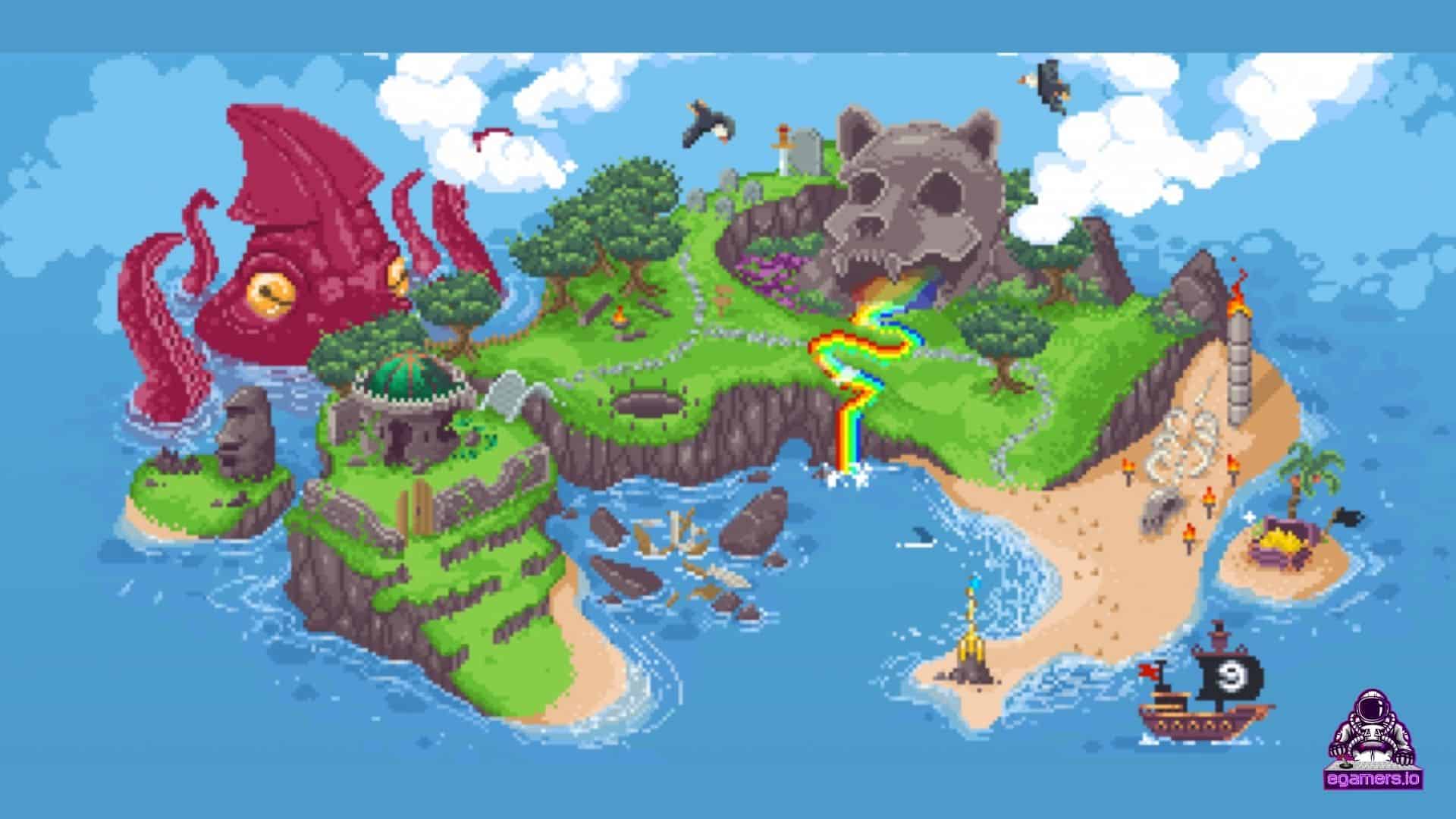
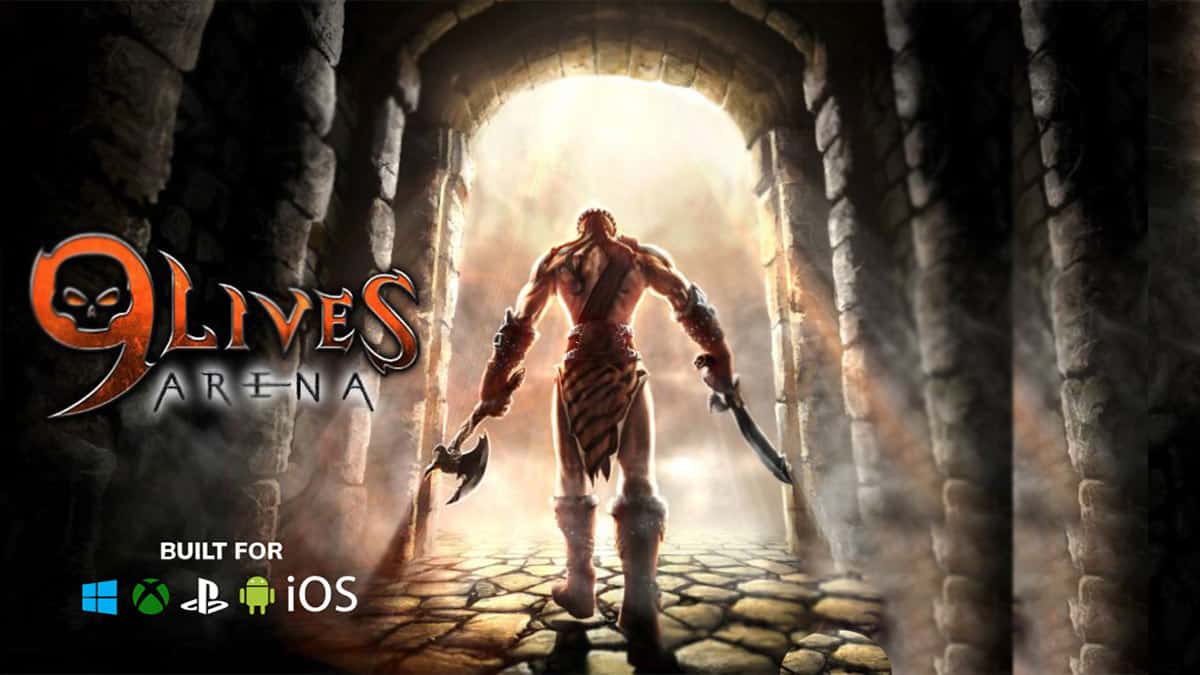


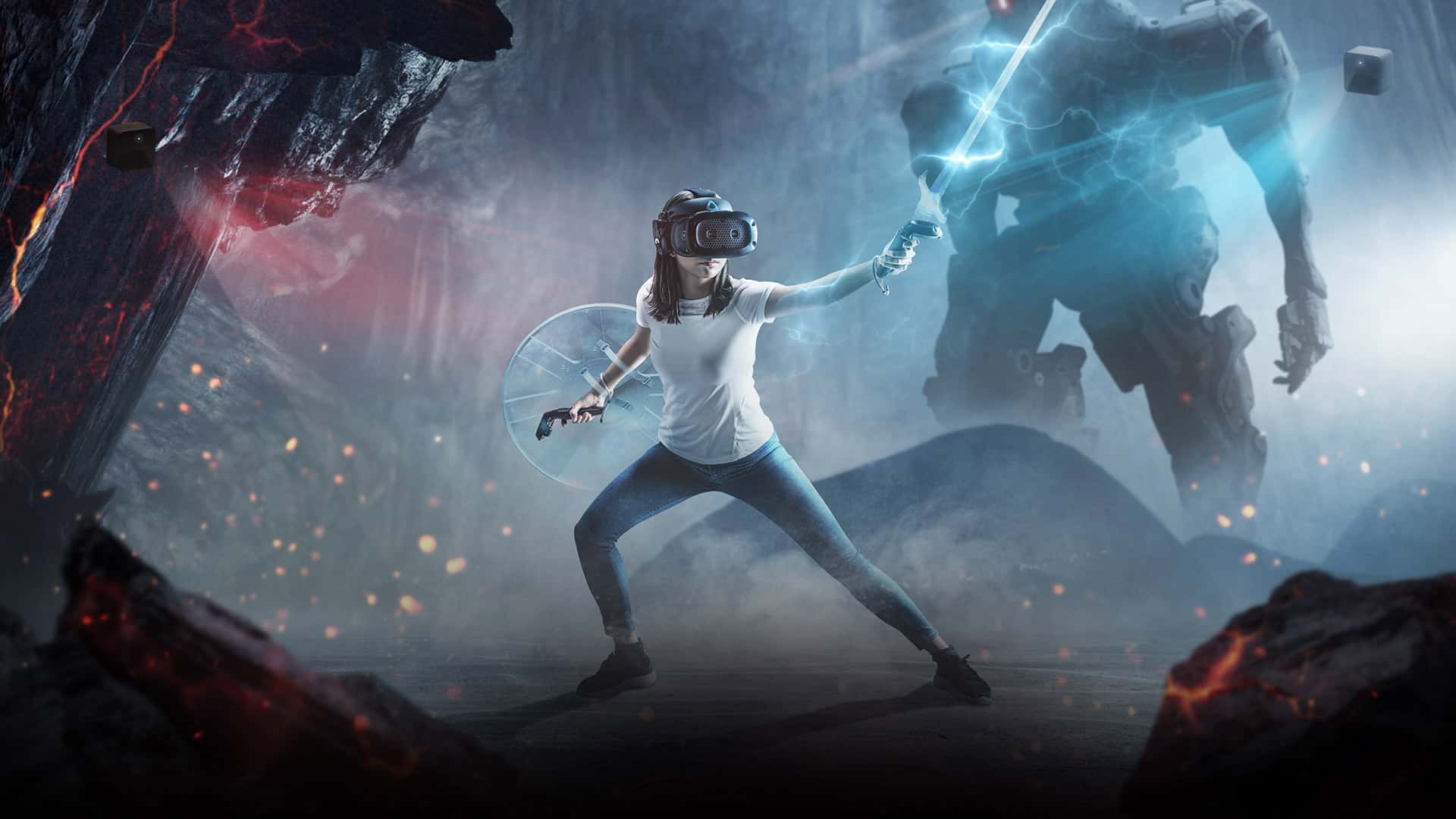

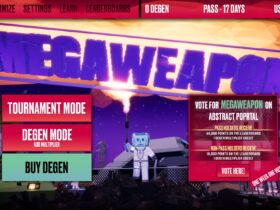

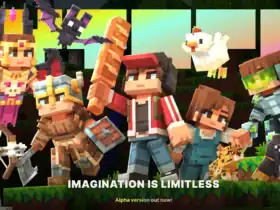











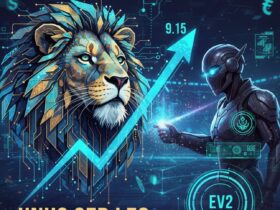
Leave a Reply
View Comments